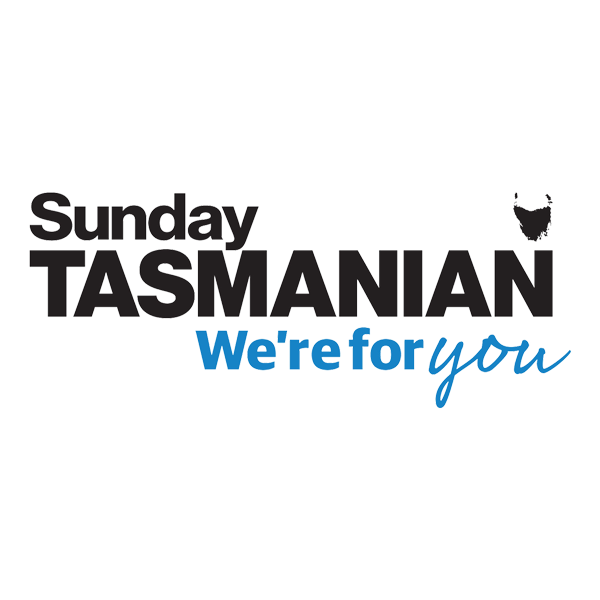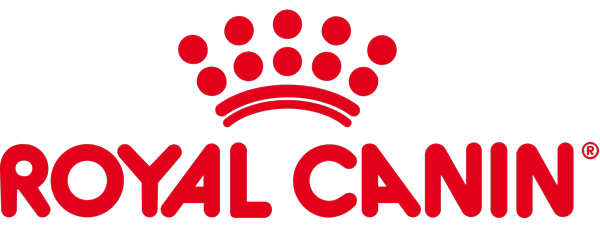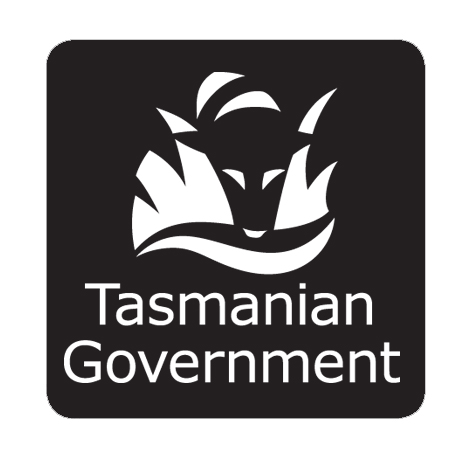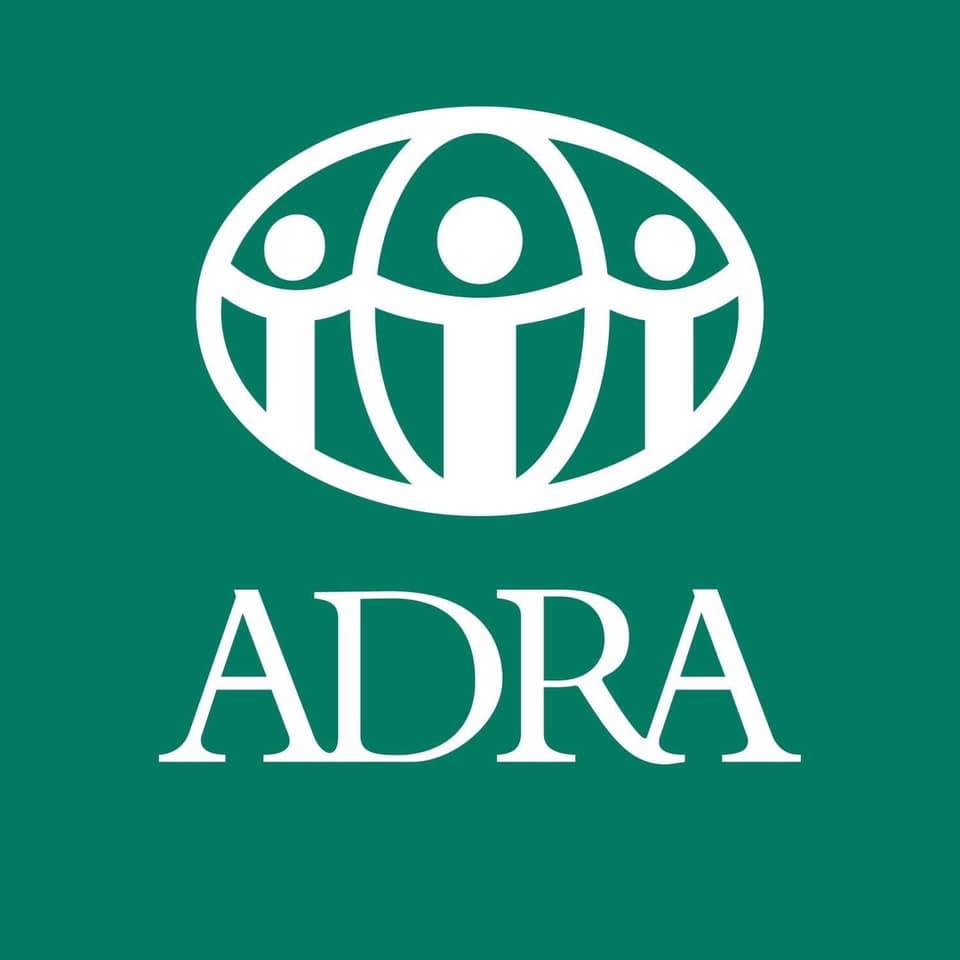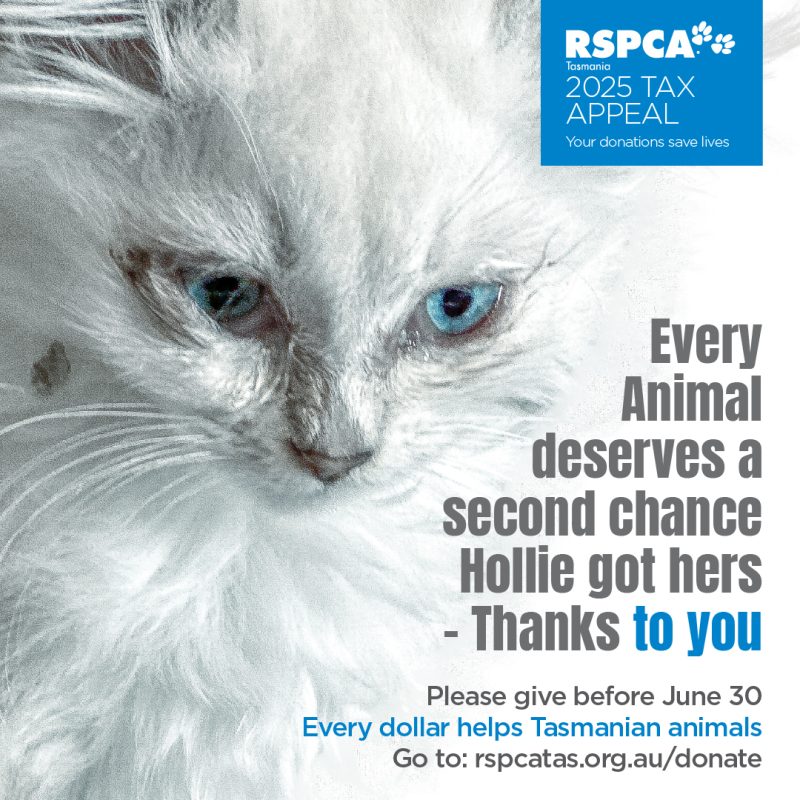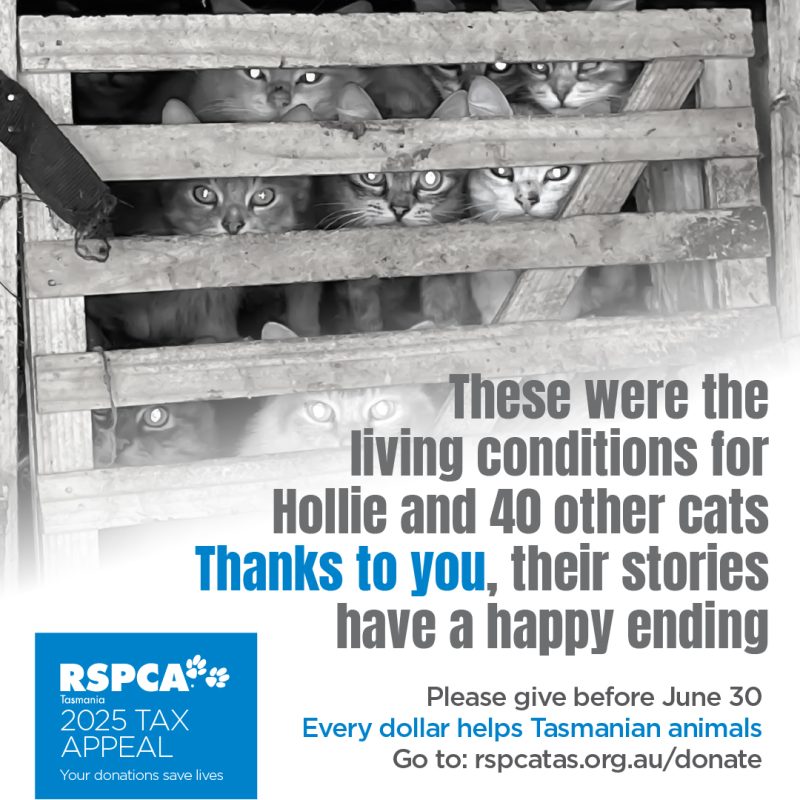The RSPCA says distressing footage of animal cruelty from several Tasmanian abattoirs proves the need for immediate action to implement more effective systems to prevent such entrenched cruelty.
Jan Davis, RSPCA Tasmania Chief Advocate, said “this is not the first time we’ve seen video of appalling failures of animal welfare protections in Tasmanian abattoirs. There are immediate calls for improved standards – but nothing seems to change.”
“If systems intended to protect animal welfare fail, there needs to be an urgent response,” Ms Davis said.
“This must include mandatory close monitoring of animal welfare at abattoirs (including CCTV equipment) and regular training and auditing of staff involved in all parts of the process.”
The RSPCA understands the Department of Natural Resources and Environment is now actively investigating these incidents and has urged the Department to take immediate and decisive action to enforce the alleged breaches of the Animal Welfare Act.
“The footage proves that the state government needs to take a more active role in visiting, monitoring and auditing abattoirs to prevent the unnecessary and inhumane continued suffering of animals.”
“The failure of successive Tasmanian governments to address the systemic issues exposed Tasmanian abattoirs is totally unacceptable”.
The RSPCA commissioned a report into animal welfare standards in slaughtering facilities in 2021. This looked at how state and territory animal welfare legislation references standards and guidelines or codes of practice, in particular, the Model Code of Practice for the Welfare of Animals: Livestock at Slaughtering Establishments. The report found that whether the Model Code is compulsory varies across jurisdictions. In South Australia it is a compulsory code; in Queensland it is voluntary; and in Western Australia, it can be used as a defence against prosecution. However, the Code is not referenced in Tasmanian animal welfare legislation at all.
Ms Davis said “what this report showed is that, once again, Tasmania is at the bottom of the pack in addressing animal welfare concerns. We urge the state government to act immediately to make the Code compulsory for all slaughter facilities in Tasmania.”
“It is also clear that the standards for compliance monitoring and auditing in abattoirs in Tasmania need to be carefully reviewed,” she said. “This will require increased funding from the state government to ensure the Department has sufficient resources to enforce compliance with state laws.“
The footage also demonstrates the need for abattoir owners to exercise care and diligence when selecting, hiring, training and supervising their staff.
Ms Davis noted that it is disappointing that no complaints have been lodged with the RSPCA about these breaches of animal welfare regulations. Anyone witnessing animal cruelty should report it as soon as possible. Reports can be made via phone or online form to the RSPCA and these remain anonymous. Click here for details.
Detail on the RSPCA Report Animal welfare in slaughtering establishments regulatory scorecard
The RSPCA is concerned about the differences in the regulation of Australian abattoirs and poultry processors across jurisdictions and the current gaps in those regulatory systems. These inconsistencies and gaps must be addressed. Having a consistent regulatory framework to regulate and enforce animal welfare across Australia, will facilitate continual improvement of animal welfare practices at abattoirs.
A report into animal welfare standards in slaughtering facilities was commissioned by the RSPCA in 2021. This looked at how state and territory animal welfare legislation references standards and guidelines or codes of practice, in particular, the Model Code of Practice for the Welfare of Animals: Livestock at Slaughtering Establishments. The report found that whether the Model Code is compulsory varies across jurisdictions: in SA it is a compulsory code; in Queensland it is voluntary; in WA it can be used as a defence against prosecution; and in Tasmania, NSW and the NT it is not referenced in animal welfare legislation at all.
The report made a number of recommendations, including:
- The development of Australian Animal Welfare Standards and Guidelines for Livestock at Processing Establishments to replace the Model Code must be urgently prioritised. These Standards and Guidelines must include species-specific standards where requirements differ for all points of processing. Once endorsed, the Standards and Guidelines must be made a regulatory requirement for all slaughter facilities.
- Independent audits of all slaughter facilities must be conducted at least quarterly by appropriately trained officers.
- All slaughter facilities must be required to conduct on-going verification of animal welfare through monitoring protocols (reflecting the relevant provisions of the current Australian Standards, and then the Australian Animal Welfare Standards and Guidelines when they are adopted) and licensing and/or registration requirements
- All slaughter facilities must have an Animal Welfare Officer who is competent in all facets of production and who is responsible for the oversight of animal welfare at the facility and for reporting breaches of animal welfare to management to ensure appropriate actions are taken to address breaches.
- Equipment for remote monitoring (eg CCTV) of procedures must be installed in livestock processing facilities and reviewed for internal plant operation. This equipment must allow a clear view of all areas where live animal handling occurs, including unloading facilities, lairage areas, restraint, stunning, shackling, and sticking processes.
- A minimum level of training must be mandated as a licensing and/or registration requirement for all staff involved in activities that impact animal welfare at all slaughter facilities.
- Information on each regulatory authority’s compliance and enforcement framework for animal welfare standards in slaughter facilities must be made publicly available and be easily accessible. This must include details of what the minimum animal welfare standards and regulatory requirements are for: audit scope and frequency, auditor training, oversight (regulatory authority) training, company training and CCTV use.
The report can be accessed here: https://kb.rspca.org.au/wp-content/uploads/2021/05/RSPCA-Australia-Revised-May-2021-Animal-welfare-in-slaughtering-establishments-regulatory-scorecard.pdf
MEDIA CONTACT
Jan Davis, Chief Advocacy Officer – RSPCA Tasmania
Mobile: 0409 004 228
Email: jdavis@rspcatas.org.au


